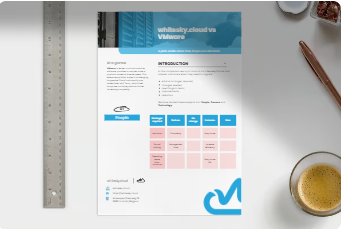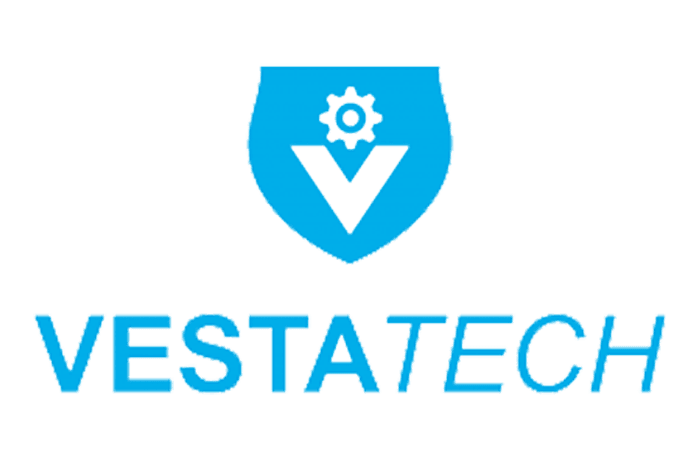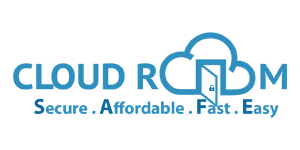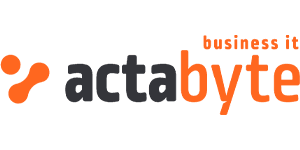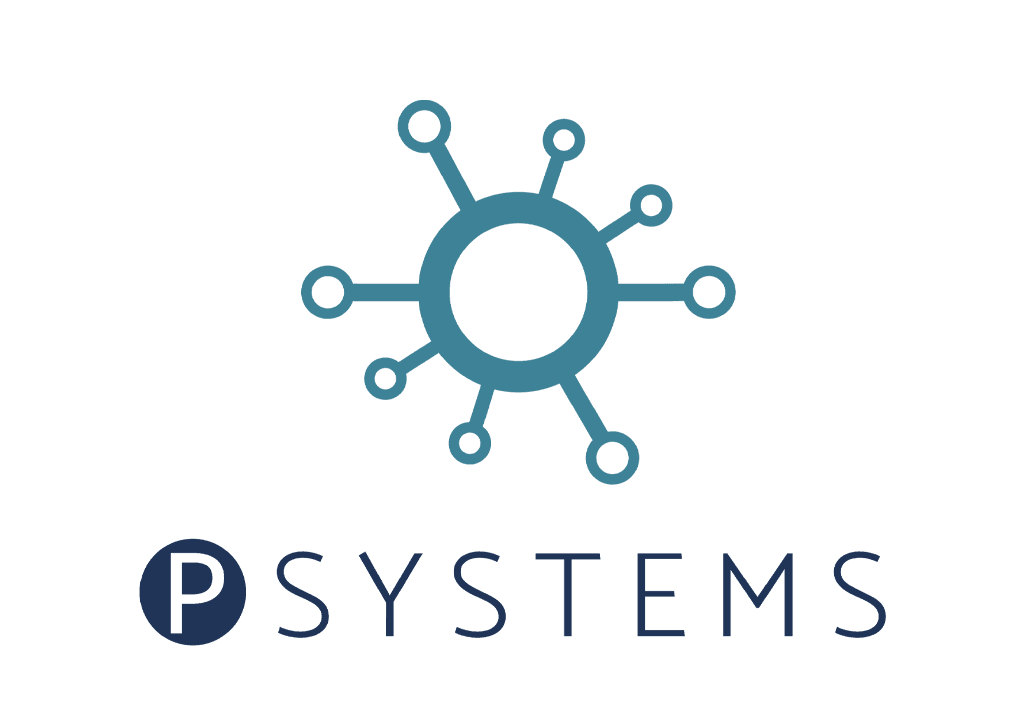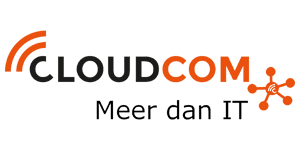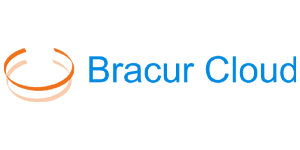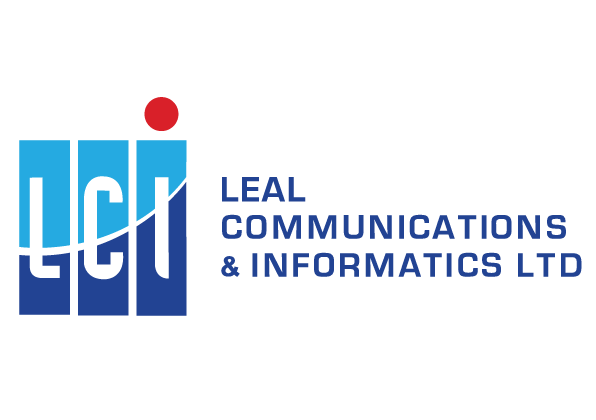
Patient data is less secure in the cloud than on-premises
This is not correct. The concern regarding the safety of patient data on the cloud is unfounded. In fact, keeping data on the cloud is safer since the cloud provider’s security and backups are more structured than many healthcare institutions could ever achieve on their own. You can be certain that your data, systems, and personal information are safe from external threats such as DDoS assaults and ransomware thanks to a variety of safeguards.

Business-critical medical applications are not suitable for running in the cloud
This is not correct. A data center can indeed supply mission-critical applications such as electronic health records. As a result, the applications are delivered as a SaaS (Software as a Service) service, providing the healthcare organization with a higher return on investment. Because of SaaS, the programs no longer operate on a server at the institution, but rather on a server in a private cloud. The benefit is that the company no longer has to invest in hardware depending on CApEx or OpEx model.
Of course this only works best if we talk about private cloud.

Cloud brings unclear costs
Partly true.
Normally this is the case, especially at hyperscalers which offer a mix of services with sometimes unclear pricing. But overall, you no longer need to buy whole products with pricey subscriptions and licenses because of the cloud. You know what you spend since you pay per month based on what you buy. For this, price arrangements are reached in advance. Furthermore, the cloud’s primary advantage is scalability. You only pay for what you use, so no more irrational and erratic investments. The costs rise steadily as the healthcare organization expands.
With hyperscalers when you grow, your costs can increase fast, there are multiple examples of companies facing this issue.
Private cloud is in this case the best solution.

The move to the cloud is too much for my employees
Not true. The transition from on-premise to private cloud does not have to be difficult. The widespread adoption of resources is critical to the success of the cloud shift. It’s important to check what healthcare professionals require in order to collaborate more effectively. IT can genuinely lead to more efficient work by actively including people in the deployment of new technologies in their everyday job. This enables staff to do more for one another, as well as for patients and clients.

Thanks to the cloud, I no longer have to worry about my IT environment
No true. IT developments in healthcare are moving at lightning speed. That’s a dead giveaway, but the consequences and risks of progress are often underestimated. Consider the increase in digital data, stricter legislation regarding the storage and processing of patient data, risks of data breaches and sophisticated hacks. The cloud offers plenty of opportunities to meet these challenges, but it remains a world in flux. The healthcare IT landscape will look completely different in five years, so you have to stay on top of things at all times to get the most out of the IT environment. After all, at the end of the day, the cloud is not an end, but a start to innovate and grow.

